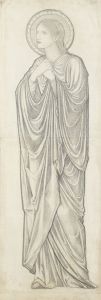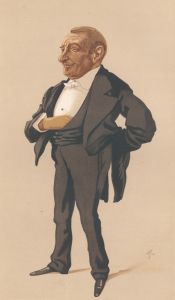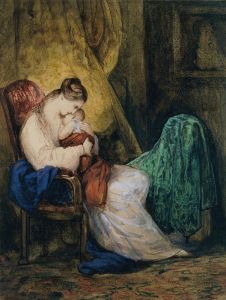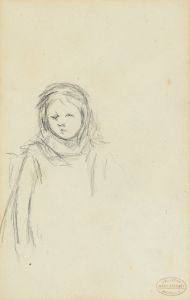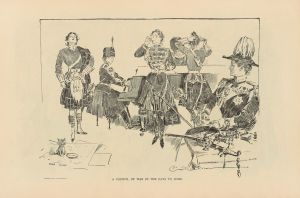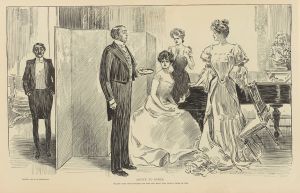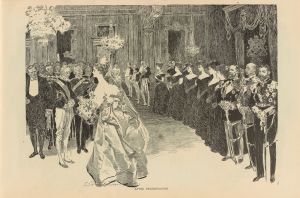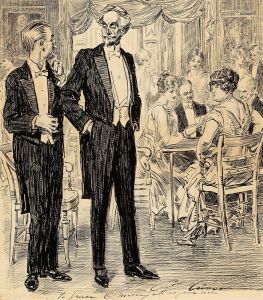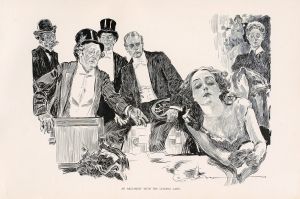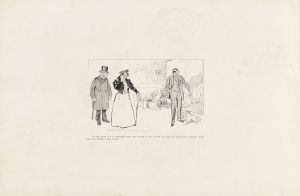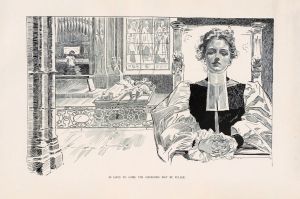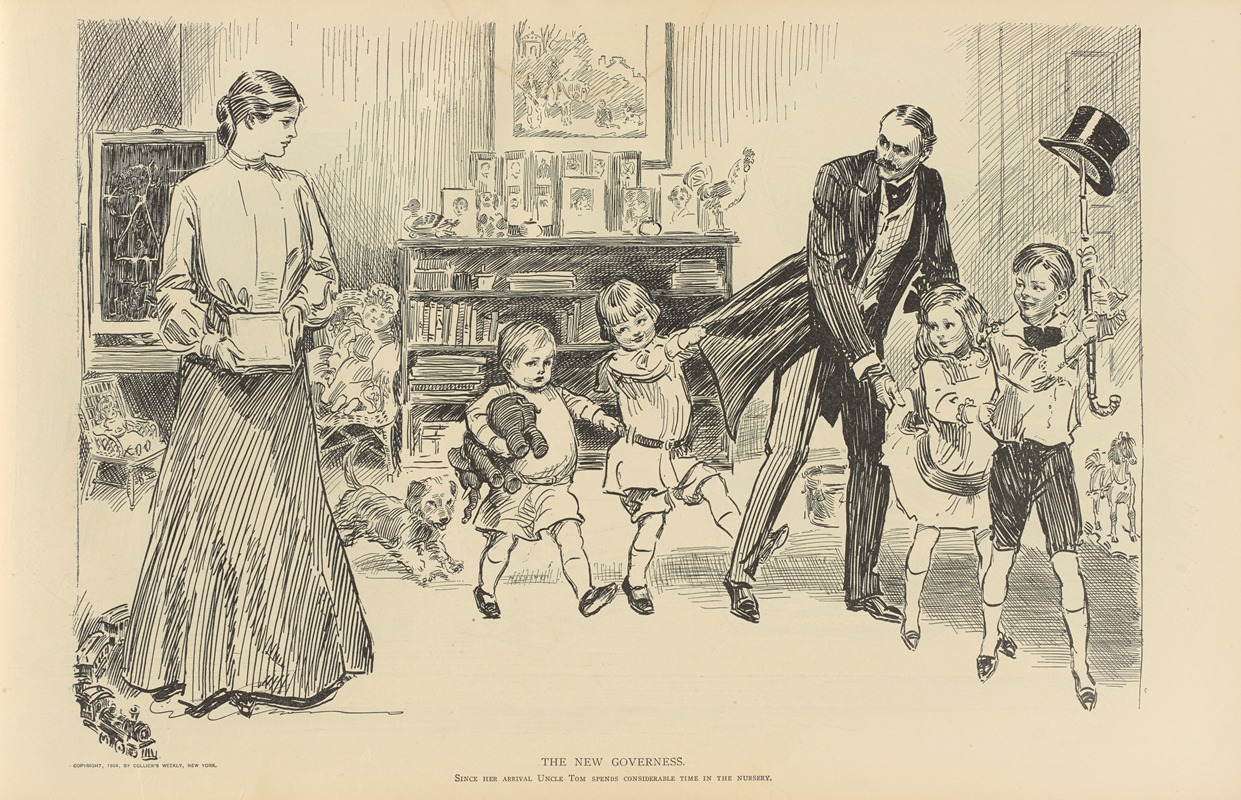
The new governess
A hand-painted replica of Charles Dana Gibson’s masterpiece The new governess, meticulously crafted by professional artists to capture the true essence of the original. Each piece is created with museum-quality canvas and rare mineral pigments, carefully painted by experienced artists with delicate brushstrokes and rich, layered colors to perfectly recreate the texture of the original artwork. Unlike machine-printed reproductions, this hand-painted version brings the painting to life, infused with the artist’s emotions and skill in every stroke. Whether for personal collection or home decoration, it instantly elevates the artistic atmosphere of any space.
"The New Governess" is an illustration created by the American artist Charles Dana Gibson. Gibson, born on September 14, 1867, in Roxbury, Massachusetts, was a prominent illustrator and is best known for his creation of the "Gibson Girl," an iconic representation of the American woman at the turn of the 20th century.
"The New Governess" was published in 1895 and is one of Gibson's many works that depict scenes of upper-class American life during the Gilded Age. This particular illustration portrays a young, elegant woman, presumably the new governess, standing in a room with a group of children. The children are dressed in fine clothing, indicative of their affluent background, and they appear to be observing the new governess with a mix of curiosity and apprehension.
Gibson's work is characterized by its detailed pen-and-ink technique, which is evident in "The New Governess." His illustrations often featured strong, confident women, and this piece is no exception. The governess is depicted with a poised and composed demeanor, reflecting the societal expectations of women in her position during that era.
Charles Dana Gibson's illustrations were widely published in popular magazines of the time, such as "Life" and "Harper's Weekly." His work played a significant role in shaping public perceptions of beauty and femininity in the late 19th and early 20th centuries. The "Gibson Girl" became a cultural icon, representing the idealized American woman who was independent, educated, and socially graceful.
"The New Governess" is a reflection of the social dynamics and class distinctions of the period. Governesses were often well-educated women who took on the role of educating and caring for the children of wealthy families. They occupied a unique social position, being neither fully part of the family nor entirely a servant. This illustration captures the nuanced relationship between the governess and her charges, highlighting the blend of authority and subservience inherent in her role.
Gibson's ability to convey complex social themes through his art contributed to his lasting legacy. His illustrations not only entertained but also provided commentary on the societal norms and expectations of his time. "The New Governess" is a prime example of his skill in capturing the subtleties of human interaction and the intricacies of social hierarchy.
Overall, "The New Governess" by Charles Dana Gibson is a significant work that offers insight into the cultural and social landscape of late 19th-century America. Through his meticulous artistry and keen observation, Gibson created a piece that continues to be appreciated for its historical and artistic value.





